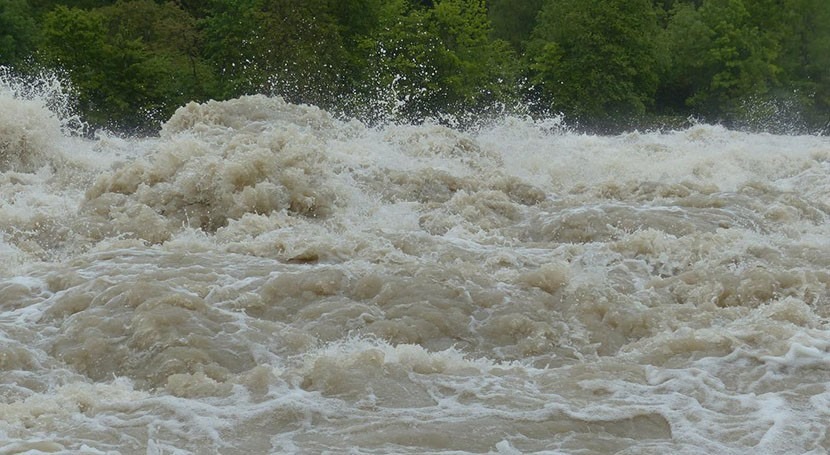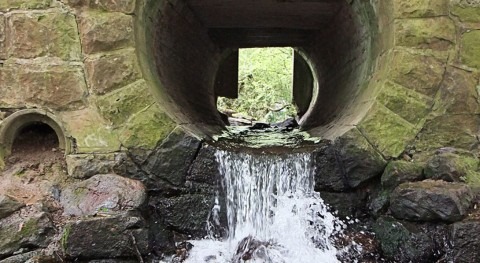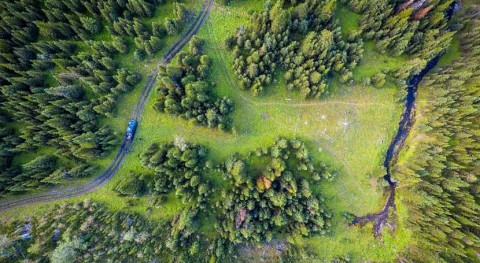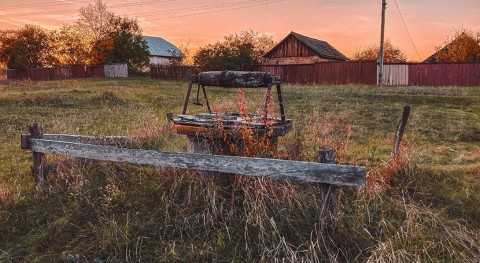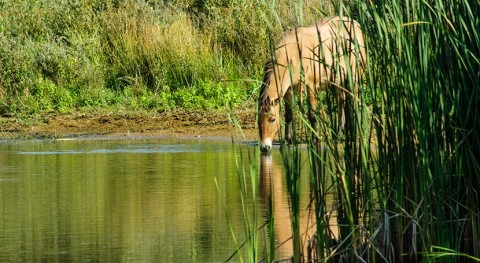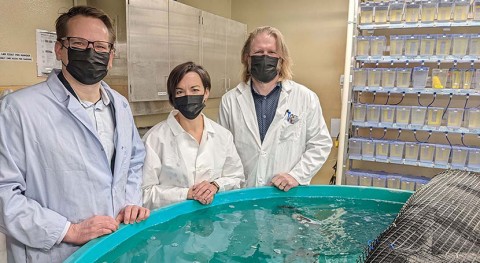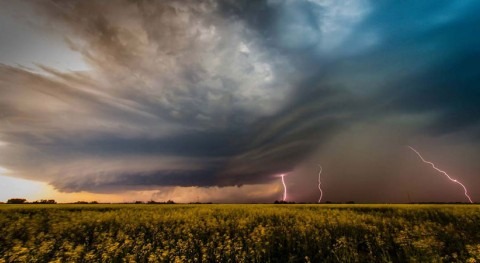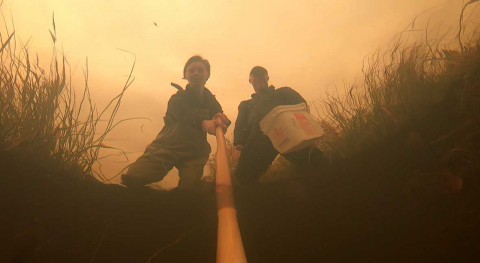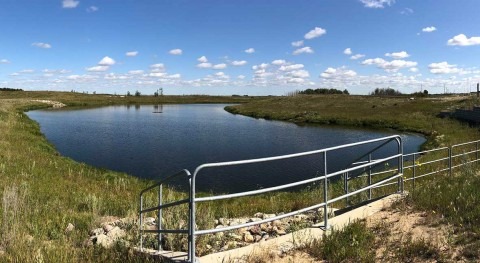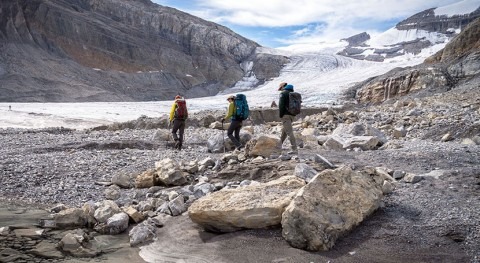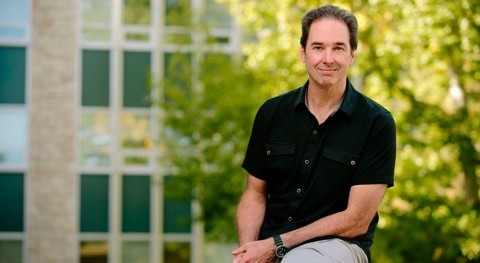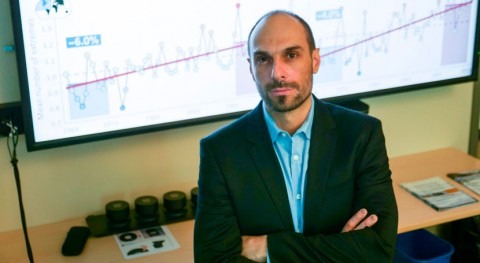Unprecedented flooding over the past decade that has devastated hundreds of millions of people across the globe and caused billion of dollars in damage—including last year’s massive floods in British Columbia and the 2013 flood that hit Calgary—underlines the pressing need for this research.
Dr. Martyn Clark (PhD), professor in the Department of Geography and Planning in the College of Arts and Science, is the team lead for USask. He will be joined by departmental colleague and Distinguished Professor Dr. John Pomeroy (PhD), along with Prof. Dr. Alain Pietroniro (PhD) of UCalgary’s Schulich School of Engineering.
The international collaboration, called the Cooperative Institute for Research to Operations in Hydrology (CIROH), will be headquartered in the Alabama Water Institute (AWI) at the University of Alabama. CIROH brings together experts from 28 academic institutions and non-profit organizations, as well as government and industry partners from the U.S. and Canada to develop next-generation water prediction capabilities.
The goal is to improve advance warning of floods, droughts and harmful water quality conditions
“This collaboration will focus on the intersection between hydrological science, computer science, and decision science, building a collaborative modelling ecosystem that will likely become the new standard for hydrological prediction and informing decisions globally,” said Clark.
Although the Canadian members will contribute expertise in cold region hydrology to CIROH, they will work on both sides of the border. As well, the goal is to have U.S. researchers come every two years for modelling meetings at USask’s Coldwater Laboratory in Canmore, Alta., that is operated by the Centre for Hydrology. The Coldwater lab would be gradually expanded if the budget allows.
“The new modelling will simulate hydrological processes across the continent’s varied hydroclimatic regimes. The goal is to improve advance warning of floods, droughts and harmful water quality conditions that help communities protect lives and livelihoods,” Clark said.
The modelling also will provide predictions that enable administrative bodies to optimize water supply and irrigation, hydro power operations, reservoir management, and recreation.
The CIROH initiative is funded by the U.S. National Oceanic and Atmospheric Administration with a grant of up to $360 million over five years.


